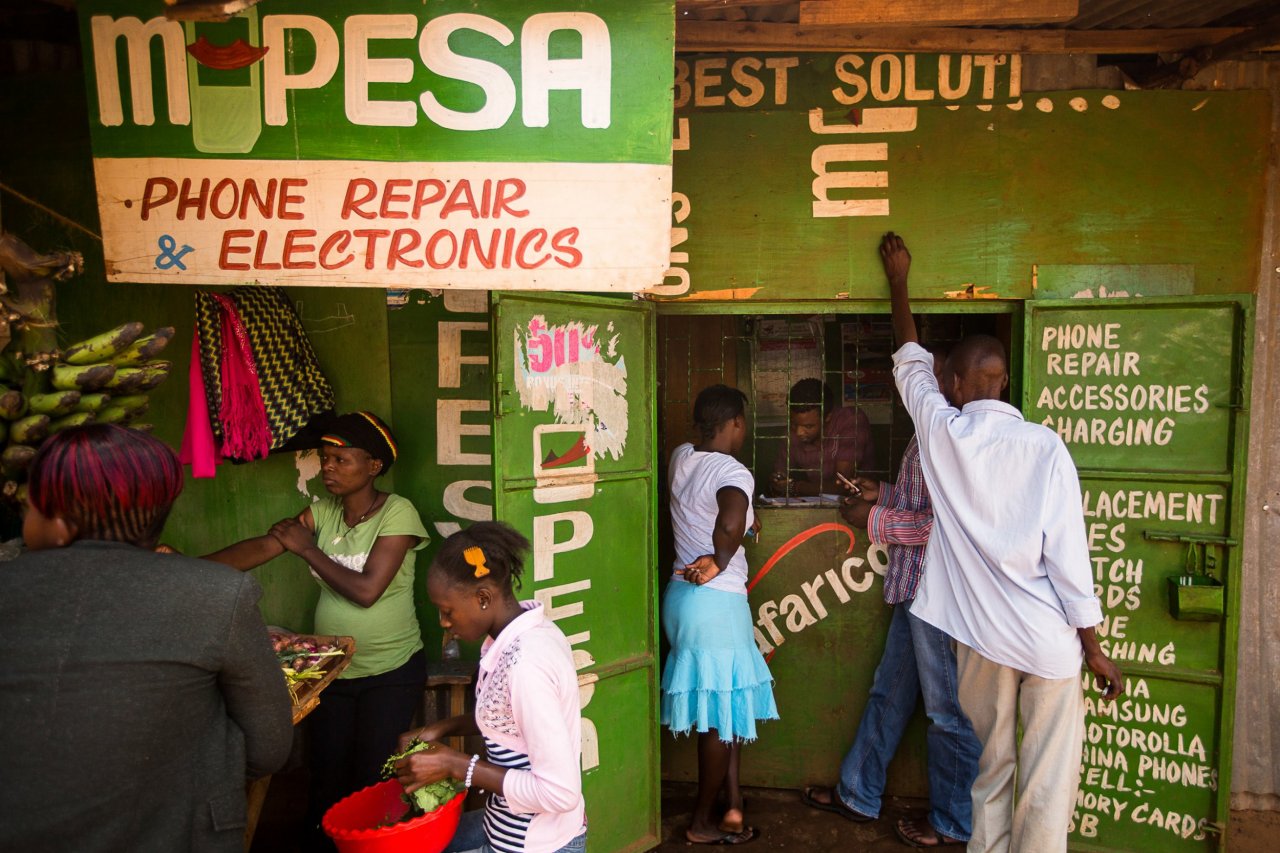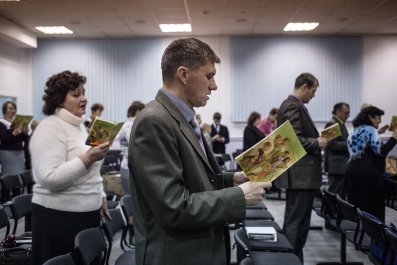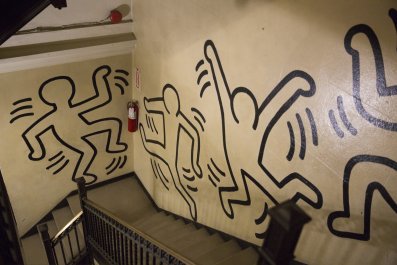In Kayole, a slum on the outskirts of Nairobi, Kenya, Joab Omondi has been selling water from a cart since the government connected his neighborhood to the local water system. Two years ago, water was a scarce commodity here. Residents used to have to hunt around to buy a 5-gallon can of water for 30 shillings—about 30 cents. Now the situation has changed since the World Bank and the Nairobi City Water and Sewerage Co. started allowing residents to pay their water bills by mobile phone.
"This new initiative has really changed our lives," says Omondi. "Our water cannot be disconnected again, as it used to be. We can now request and pay our bills through our own mobile phones instead of queuing at the banking halls."
Kenyans often have to wait hours in line at banks to reach a teller and make a payment or conduct other business. Lack of running water and proper sewage disposal is a major impediment to economic development in East Africa. But now that the water company is more confident it will be able to collect revenues, it is working to connect water to every household throughout Kenya.
Customers receive bills via M-Pesa, a mobile payment service that uses texts to transfer money between customers, banks and companies. Since its adoption two years ago, around 100,000 Kayole residents are regularly paying their water bills via their phone. "Almost every resident here has piped water. We enjoy this basic service, and we sometimes sell clean water to other neighbors who have not yet been connected," says Omondi.
According to Joseph Ambajo, the World Bank's water and sewerage program sociologist for Africa, the system works not only because it's convenient but because it makes it easy for customers to afford the startup cost associated with tapping into the water system. The cost of connecting a household to the water system in Kenya is around $100, Ambajo says. Because defaults are now relatively rare due to the ease of phone payments, customers are allowed to pay that bill in increments over the course of a couple of years.
"The project has worked successfully," says Ambajo. "More customers have been connected, and several others have their applications awaiting approval."
Area residents says cellphones have also helped expand access to electricity and spread health information. "The mobile technology has helped Kenyans in so many ways," says Rebecca Njeri, a Kayole resident. "We are now sure of getting basic services anytime."
















